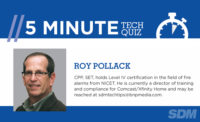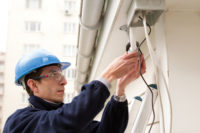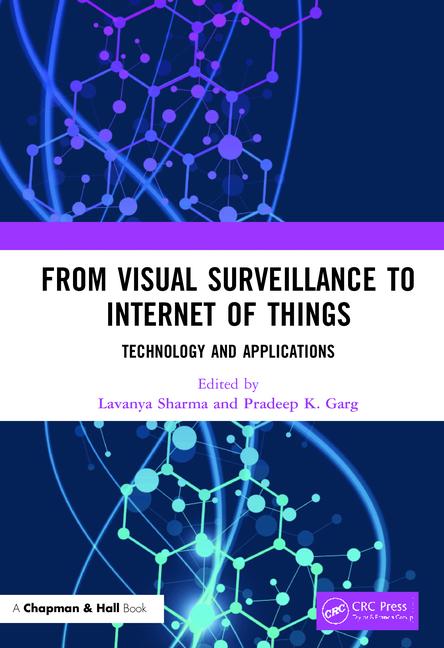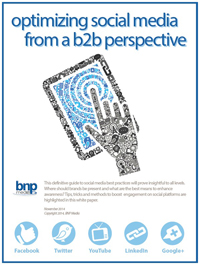1. Transmitting alarm signals through an IP communications channel does not afford a faster response time than a digital dialer using a standard phone line.
a. True
b. False
2. Even with the new technology changes, a digital dialer needs to have which of the following for proper communications?
a. Line seizure
b. A VoIP line
c. Two phone lines
d. None, digital dialers no longer function.
3. Which of the following is a feature(s) of a well-designed wireless mesh network?
a. Self-healing
b. Redundancy
c. Self-configuring
d. All of the above
e. None of the above
4. When an alarm is transmitting a signal using IP technology, the same restriction applies as with a phone line, the customer cannot use the phone due to line seizure.
a. True
b. False
5. A wireless mesh network requires the dealer to pay a provider a monthly subscription fee.
a. True
b. False
6. “Three by one” refers to
a. the necessary separation of signals for time division multiplexing.
b. the requirement for three rounds of signals in order that match each of the prior rounds before a receiver will acknowledge the alarm signal.
c. a three-digit account number and a one-digit alarm code.
d. the standard multiple paid by companies for accounts during acquisitions (three years for every one account).
7. Which of the following is an approved transmission path for a commercial fire alarm?
a. VoIP
b. A standard phone line
c. One-way radio
d. Mesh network
8. Radios transmit a test signal from the radio and do not necessarily confirm that the control panel is functioning or connected.
a. True
b. False
9. Cellemetry uses SMS messaging services and therefore is not an acceptable method for the transmission of alarm signals
a. True
b. False
10. In order to keep up with changing communications technology, supervising stations should pick a single receiving technology and stick to it.
a. True
b. False
11. Connecting an alarm transmitter to a commercial customer’s IP network requires the alarm installer to coordinate the installation with the IT department.
a. True
b. False
12. One of the following transmission methods cannot be used on either UL or commercial fire alarm systems.
a. Digital dialer
b. IP transmitter
c. Two-way radio
d. VoIP
e. Direct wire
13. A mesh network is considered a _____ and _____ communication system.
a. open/dedicated
b. closed/proprietary
c. open/proprietary
d. proprietary/unapproved
14. Cellular towers may be overtaxed by the ever increasing proliferation of personal cellular phones so alarm systems may encounter busy signals.
a. True
b. False
15. Alarm telephone dialers transmit alarm signals in a(n) _____ format.
a. digital
b. analog
c. encrypted
d. All of the above
e. None of the above
What’s Wrong With This?
An alarm technician connected a mesh network radio to a fire alarm panel. He connected the common alarm, trouble and supervisory outputs on the control panel to the corresponding inputs on the radio. When he tested signals he was unable to transmit the panel’s Contact ID signals for point-by-point reporting. What did he do wrong?

|
Answer to: What’s Wrong With This?
The alarm technician connected the fire alarm directly to the zone inputs of the radio. Every alarm signal would transmit the same code. The fire department would not receive any specific detail as required. He needed to install the optional module that allows for “dialer capture,” thereby allowing the radio to communicate all of the unique signals that the control panel was capable of, which is what the local authority having jurisdiction wanted.

|
5-Minute Tech Quiz Answers
1. b
2. a
3. d — If you add or move a node the system will automatically recognize it and reconfigure the network accordingly. If a node or communication path fails, data will automatically be rerouted around the problem.
4. b
5. b
6. c
7. d
8. b — Although radios check in with the provider and may initiate a communication failure, it is best to program the alarm panel to send a 24-hour, weekly, or monthly test timer.
9. b
10. b — If monitoring stations, especially third party or wholesale companies, do not have a variety of communication technologies available to their dealers, they will fall behind.
11. a
12. d
13. b
14. b — Cellular alarm communicators do not use the voice channels of the cellular network like a cellular phone does.
15. b









